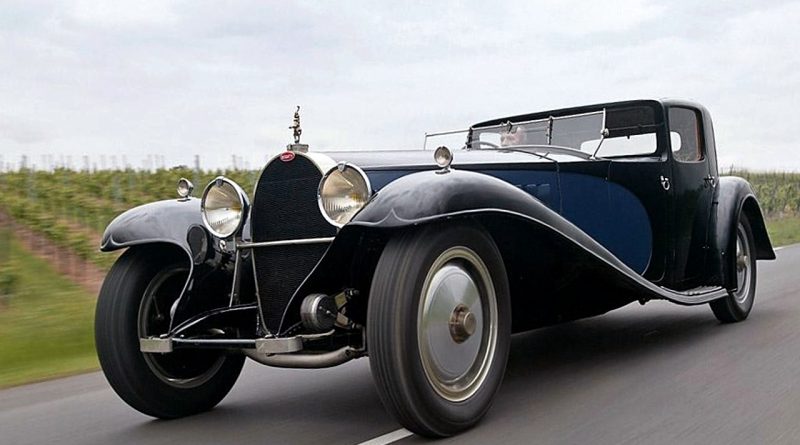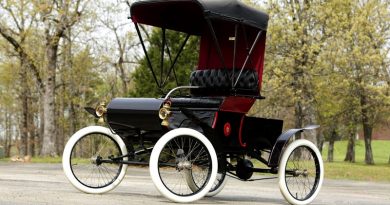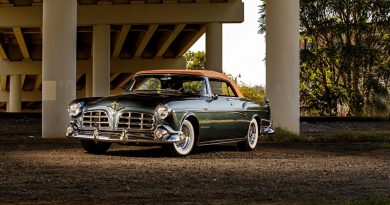1927 Bugatti Type 41 Royale Coupe Napoleon
Ever since he started building cars under his own name, Ettore Bugatti dreamed of creating the ultimate, no compromise luxury car. To that end, he started the development of an eight cylinder engine in 1913 and wrote in great detail about his ambitions in a letter to his friend Espanet. The project was cut short by the outbreak of war throughout Europe. Bugatti redesigned the engine and was used in the war to power airplanes. With peace returned to Europe, Bugatti continued to produce the four cylinder engined cars that had proven so popular before the war.
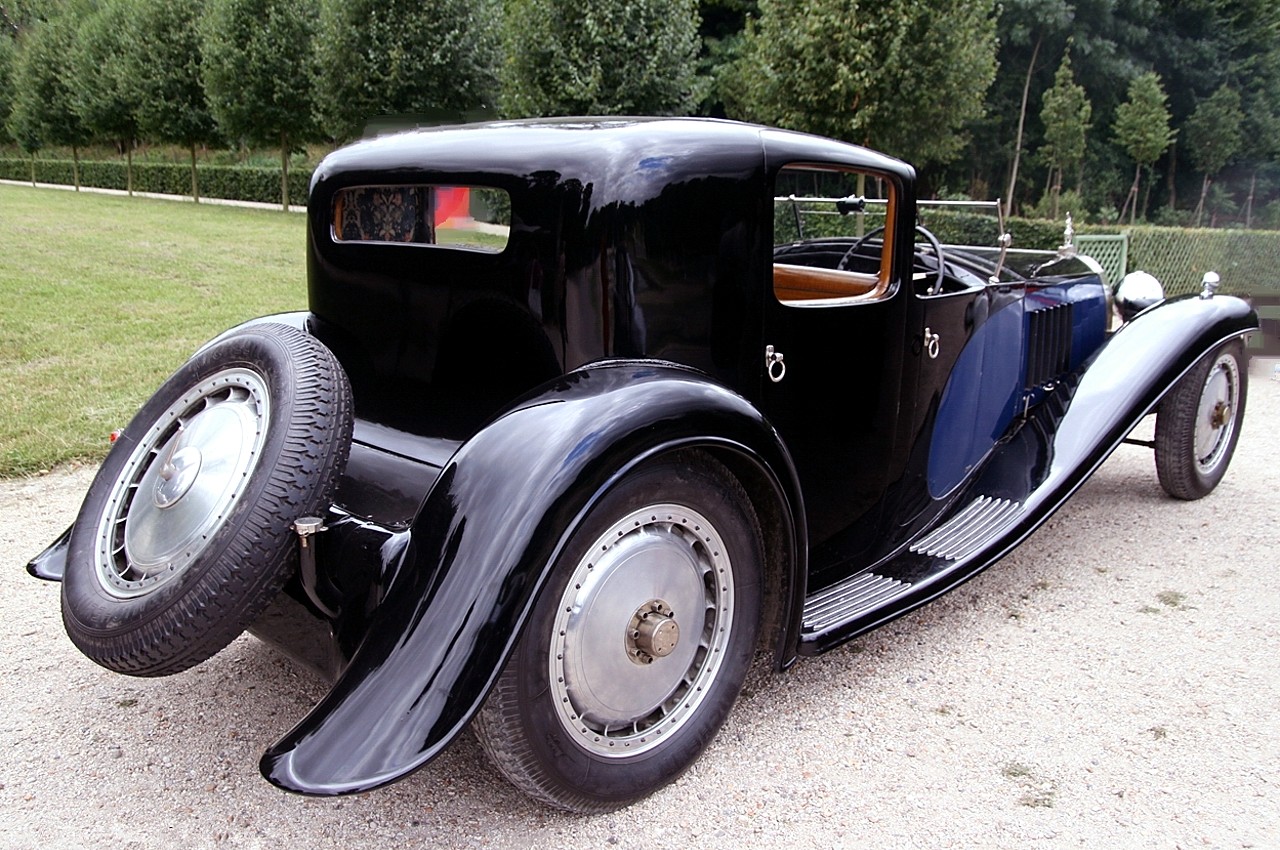
A first sign of things to come was an experimental eight cylinder engined chassis shown at various motor shows in 1921. The displacement of the production version was just two litres, which was far short of what would be required to build Bugatti’s dream machine. In both road (Type 30) and competition (Type 35), the new eight cylinder engine was very successful, freeing up resources for what was referred to as the ‘Golden Bug’. In 1926 Ettore Bugatti revealed his plans for a fifteen litre engined luxury car. It would eclipse the best the likes of Rolls-Royce had to offer and was targeted at the very richest of customers and in particular royals, giving the Golden Bug its more familiar ‘Royale’ nickname.
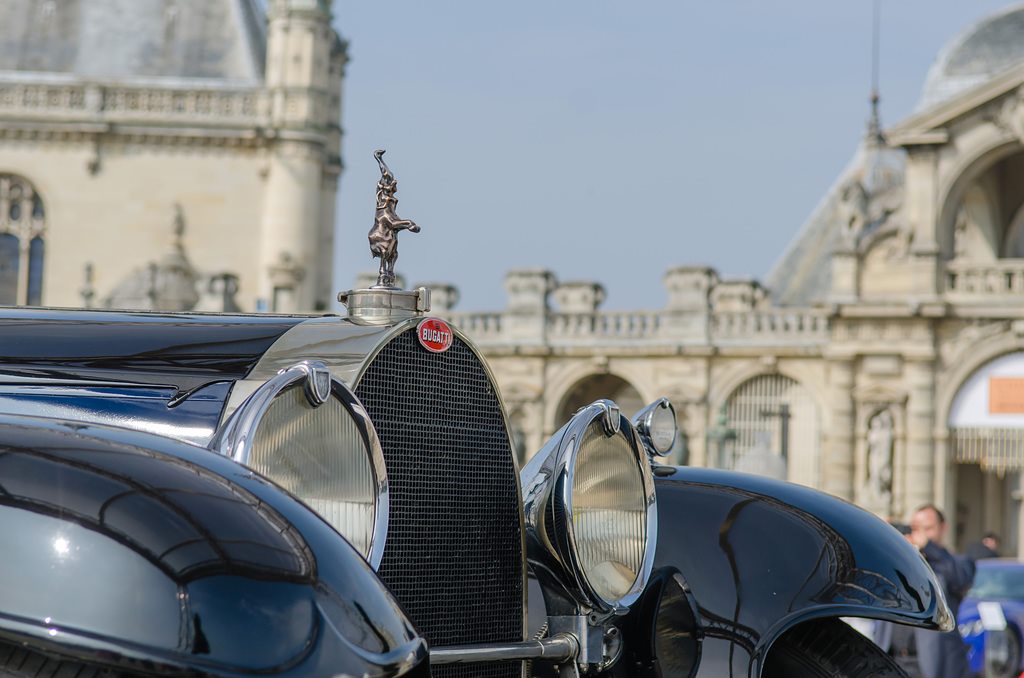
Although displacing well over seven times more than the Type 30/35 eight cylinder engines, the engine in the Type 41 followed the same design, just at a completely different scale. The in-line engine had a block cast in one piece with an integral cylinder, measuring a staggering 1.4 metres in length. Actuated by a single overhead, each cylinder featured three vertically mounted valves; two intake and exhaust. The dry-sump engine was fed by just one Bugatti designed Carburetor and sported two plugs per cylinder. The prototype engine had the promised displacement of around 15 litres, but for the subsequent production cars a slightly smaller displacement of 12.8 litre was chosen.
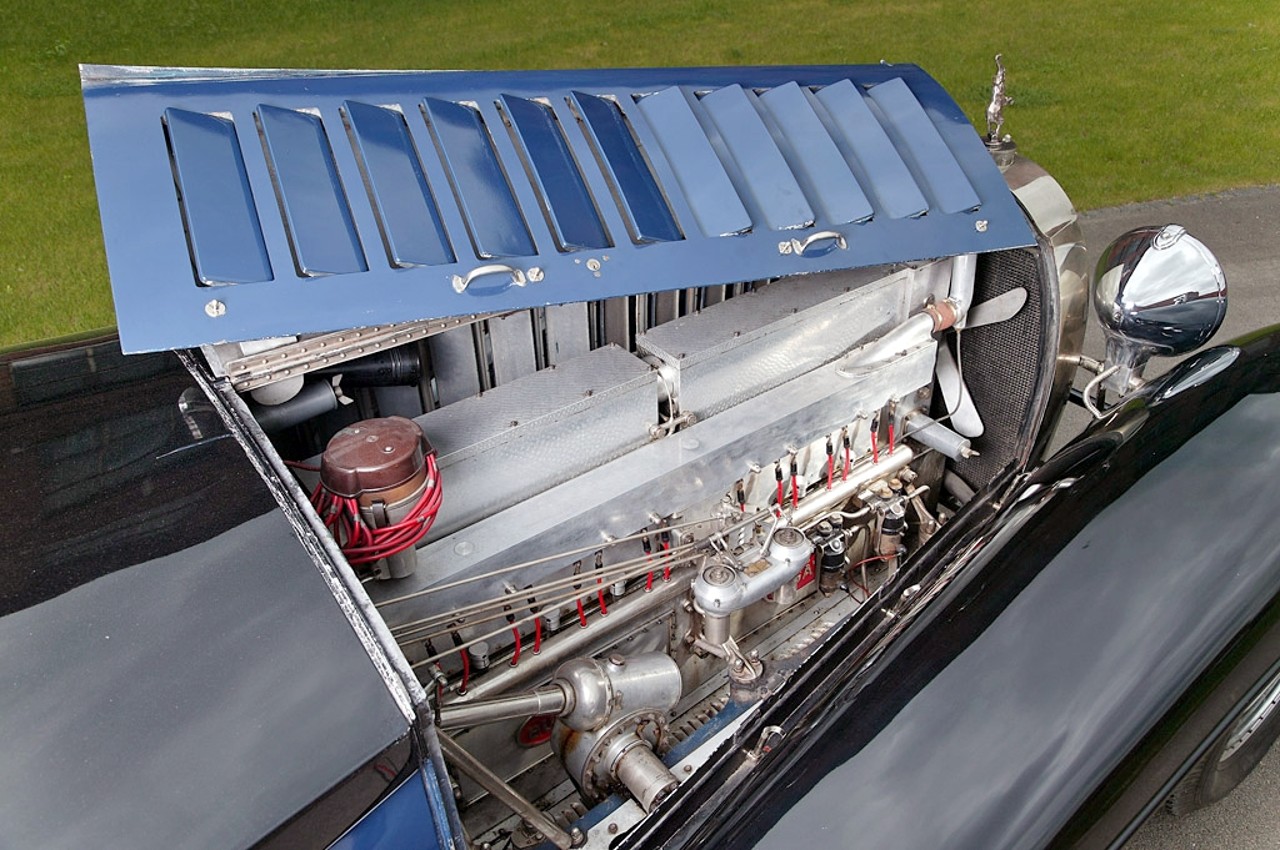
To allow room for the absolutely massive engine, Bugatti constructed a chassis with a wheelbase of 4.3 metres. Like most Bugatti’s chassis, the Type 41’s was a highly conventional ladder frame, suspended by live axles front a rear. At the front semi-elliptic leaf springs were fitted while the rear suspension featured the traditional Bugatti reversed quarter elliptic leaf springs. Operated by cables, the drum brakes followed the cars massive dimensions with a diameter of 18 inches. As with the successful racing cars, the one-piece aluminium wheels doubled as brake drums. While the Type 41 chassis was not the most advanced available, the meticulous finish was absolutely fantastic.

Eventually only five additional Royales were constructed, which was well short of the 25 car run Bugatti had quietly hoped for. Only four of these found an owner; the first and last car produced remained in the hands of the Bugatti family for many years. Ironically none of the Royale’s owners were royals and to this date none of the six Type 41s has ever been owned by a royal. Bugatti did manage to turn a profit out of the project by selling Type 41 engines to a train manufacturer. With the subsequent Type 46, 50 and 57 models, Bugatti did manage to conquer the luxury market.

There has been a lot of debate among (Bugatti) historians, whether there were six or seven Royales produced. The controversy concentrates on the prototype chassis with the serial number 41100. This was the car that was equipped with the Packard body in 1927 and subsequently sported two other bodies, before being heavily crashed. Particularly the third, Weymann designed and penned Coupe body was a great success, winning universal acclaim and concours awards. Unfortunately Ettore Bugatti crashed the car in the 1930s, but he then went about rebuilding the car, again using the chassis number 41100. There are those that say that the original ‘41100’ had a longer wheelbase and the 15 litre engine, which would mean that the rebuilt ‘41100’ would be a seventh chassis built. All we know for certain is that only six chassis numbers were attributed.
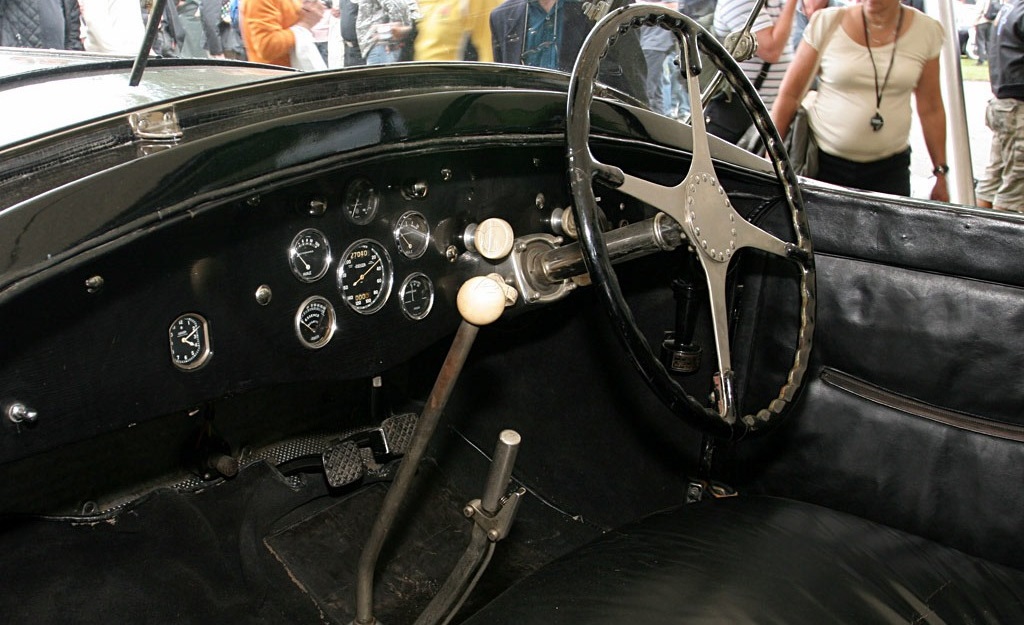
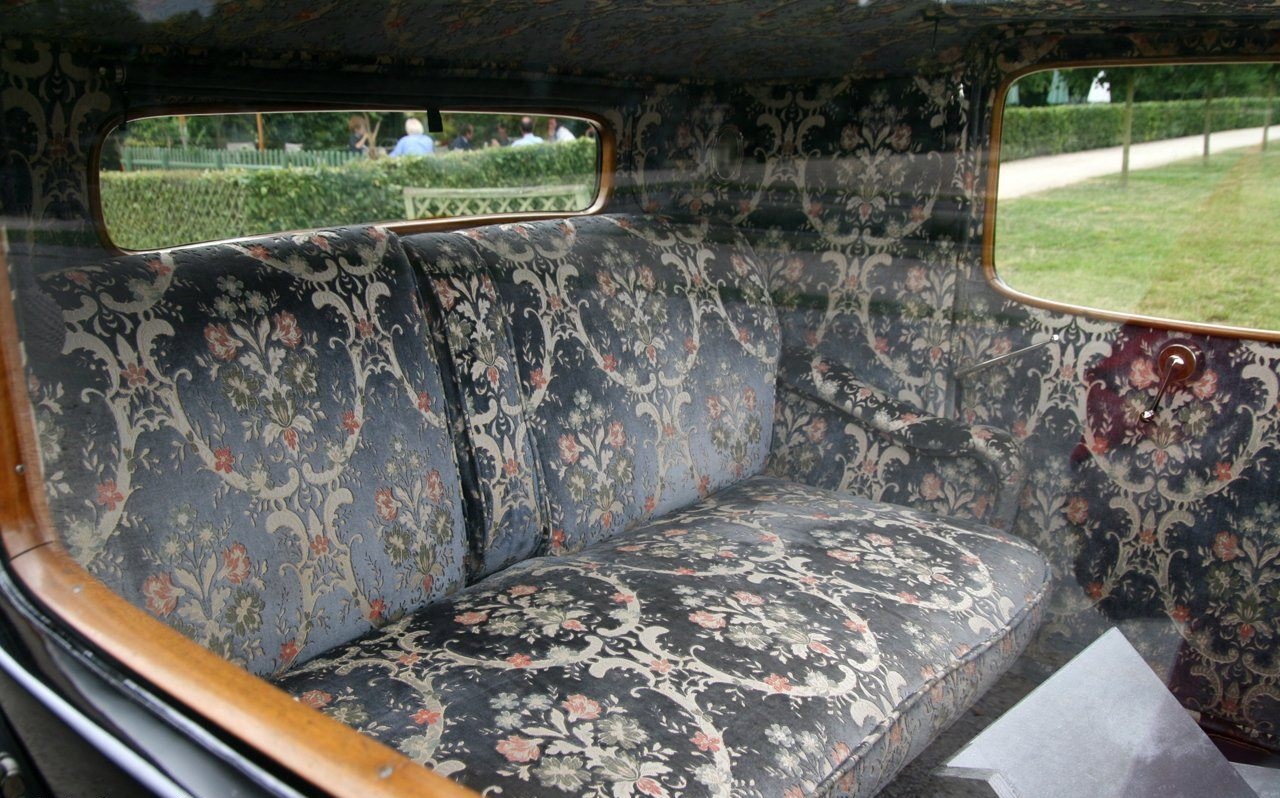
Upon completion of the rebuild, chassis 41100 was equipped with a Jean Bugatti penned sedanca style body with a fantastic glass roof. The car is commonly referred to as the ‘Coupe Napoleon’ and was owned for many years by the Bugattis. They eventually sold the car to the Fritz Schlumpf and it has since been part of the Schlumpf Collection. Alongside another of the six(/seven) Royales, it is on permanent display at the Musee National de l’Automobile in Mulhouse, France. At a rare outing, it is pictured above during the 2007 Goodwood Festival of Speed together with four other Royales. As there is only one Royale in private hands, Tom Wheatcroft of Donnington Museum fame has had an virtually identical replica constructed of the Coupe Napoleon. The entire built took over ten years.

